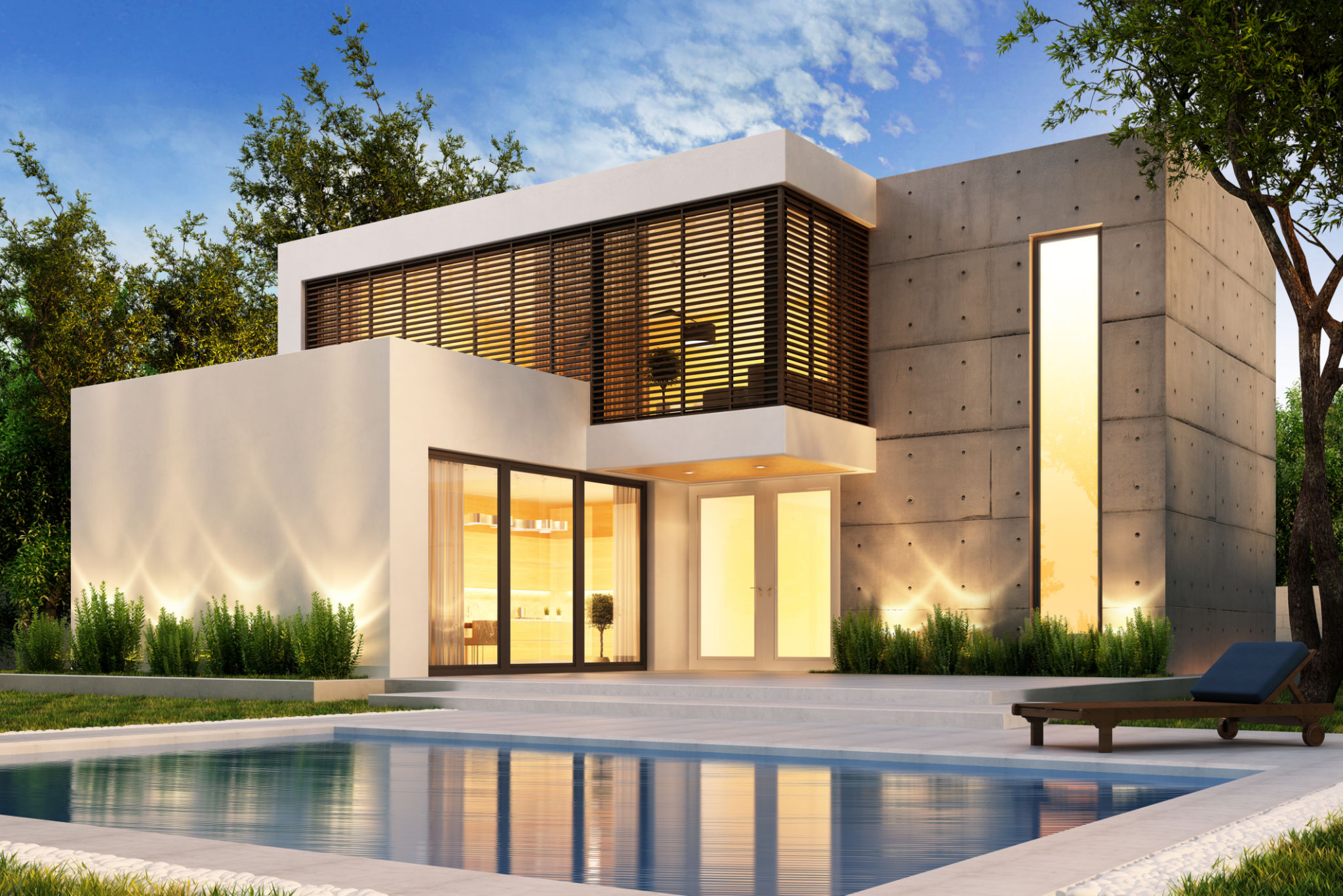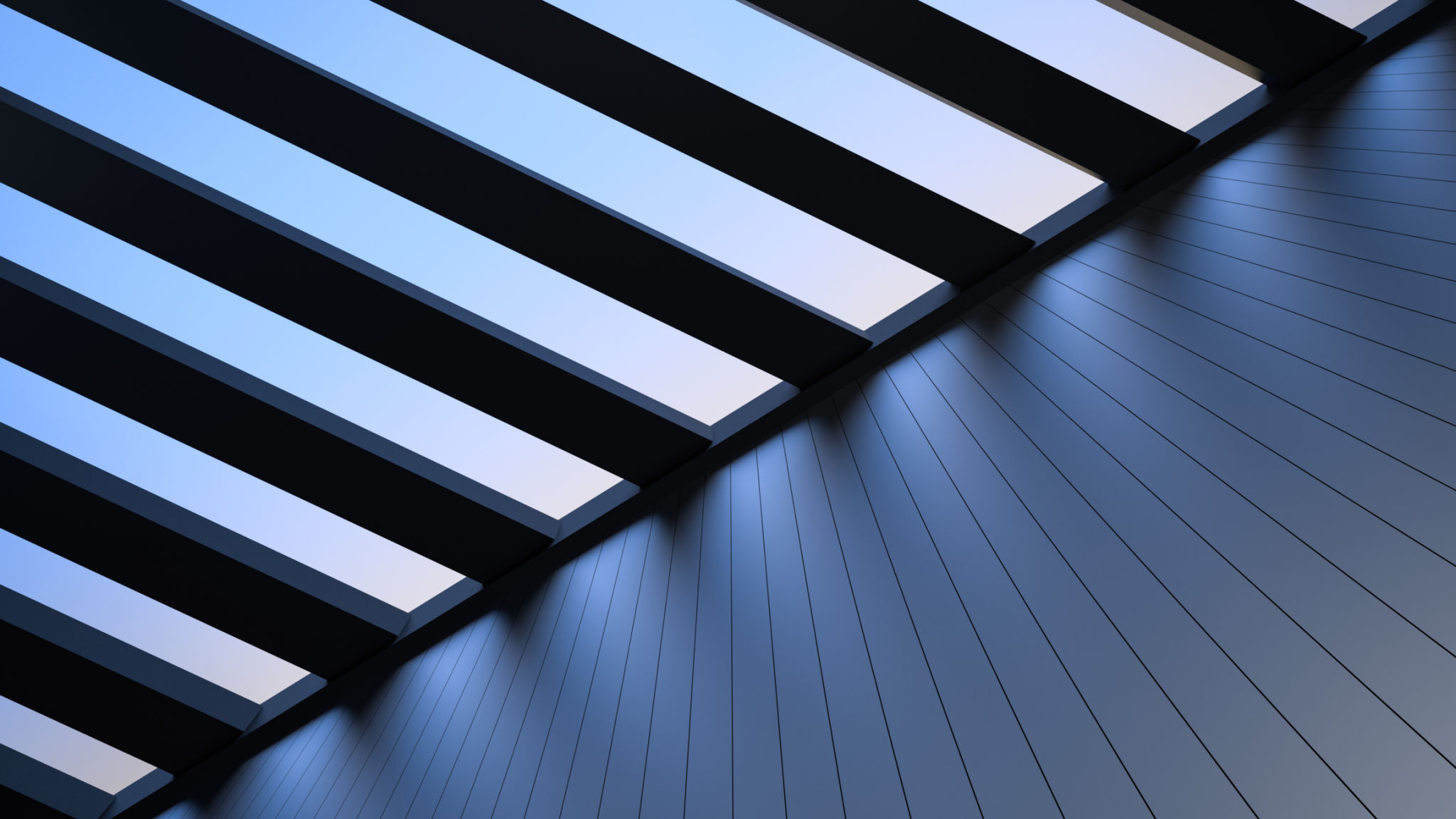Expert Guide to Architectural Louvers Design Services in London
Understanding Architectural Louvers
Architectural louvers are an essential component in modern building design, serving both aesthetic and functional purposes. These structures are designed to optimize airflow, control light penetration, and enhance the visual appeal of buildings. In London, where architectural innovation meets tradition, the design and implementation of louvers require a sophisticated approach.
Louvers come in various shapes and sizes, tailored to meet specific environmental and architectural needs. Whether you are working on a commercial skyscraper or a residential project, the right louver design can significantly impact energy efficiency and occupant comfort.

The Benefits of Louvers in Architecture
Louvers offer a myriad of benefits that make them indispensable in modern architecture. They help regulate temperature by allowing for controlled ventilation, which reduces reliance on artificial cooling systems. This not only lowers energy costs but also minimizes the environmental footprint of a building.
Furthermore, louvers are effective in providing privacy while maintaining a connection with the outside environment. They can be strategically placed to shield interiors from unwanted views without compromising on natural light. Additionally, when designed creatively, louvers can enhance the aesthetic appeal of a building facade, adding depth and texture to otherwise flat surfaces.

Design Considerations for Louvers
Designing louvers involves several critical considerations to ensure they meet the desired functional and aesthetic outcomes. One must consider the building's orientation, local climate conditions, and the primary purpose of the louvers. For example, in a city like London with variable weather patterns, adjustable louvers may be advantageous for adapting to changing environmental conditions.
Material selection is another important factor. Louvers can be constructed from materials such as aluminum, wood, or glass, each offering distinct advantages. Aluminum is lightweight and durable, while wood can provide a natural look. Glass louvers can offer a sleek and modern appearance but may require additional considerations for thermal performance.

Choosing the Right Louver Design Services
Selecting the right architectural louver design service is crucial for achieving the best results. In London, there are numerous providers with expertise in this field. It’s important to choose a service that understands the local architecture landscape and has a proven track record of successful projects.
When evaluating potential design services, consider their portfolio and client testimonials. A reputable company will provide innovative solutions tailored to your specific project needs. They should offer a comprehensive service that includes consultation, customization, and installation support.
Conclusion: The Future of Louvers in London Architecture
The future of architectural louvers in London looks promising as sustainability and energy efficiency become top priorities in urban development. As buildings evolve to meet these demands, louvers will play an increasingly vital role in achieving these goals while maintaining aesthetic integrity.
Innovations in materials and technology mean that louver designs are continually evolving, offering architects more creative freedom than ever before. By partnering with expert design services, architects can ensure their projects are not only functional and efficient but also visually stunning.